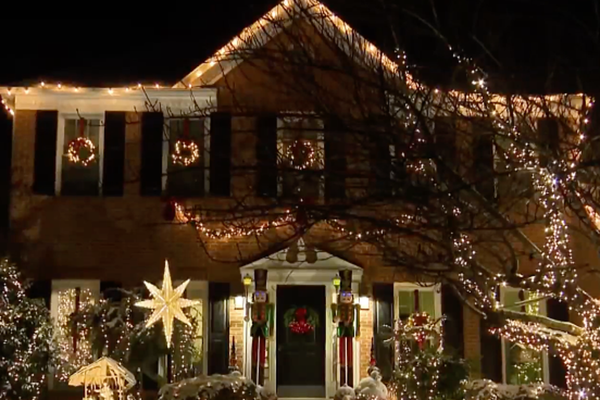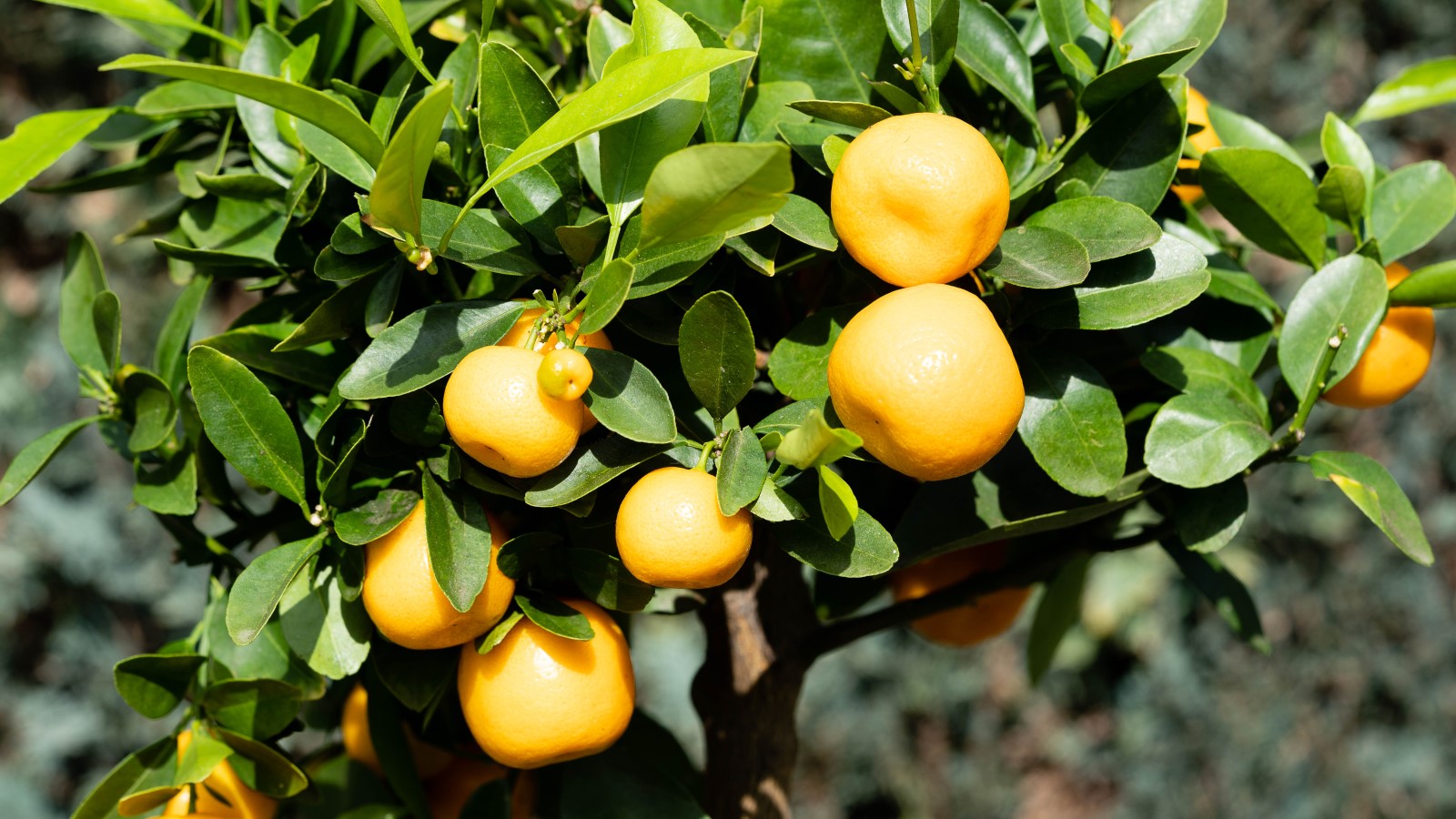
Fortunate gardeners live in US hardiness zone 9, as the choice of plants you can grow is vast.
Gardens in zone 9 experience only light frost, or sometimes none, allowing for a wide range of plants that appreciate warm temperate and subtropical conditions to thrive. The average lowest winter temperatures in zone 9 are 20F to 30F, and the zone is sometimes split into zone 9a (20-25F) and zone 9b (25-30F).
The growing season is also longer, giving you much more scope if you choose to grow vegetable and fruit crops. If you garden in zone 9, we have gathered a comprehensive list of plants, flowers, shrubs, natives and trees that will grow well in your local climate.
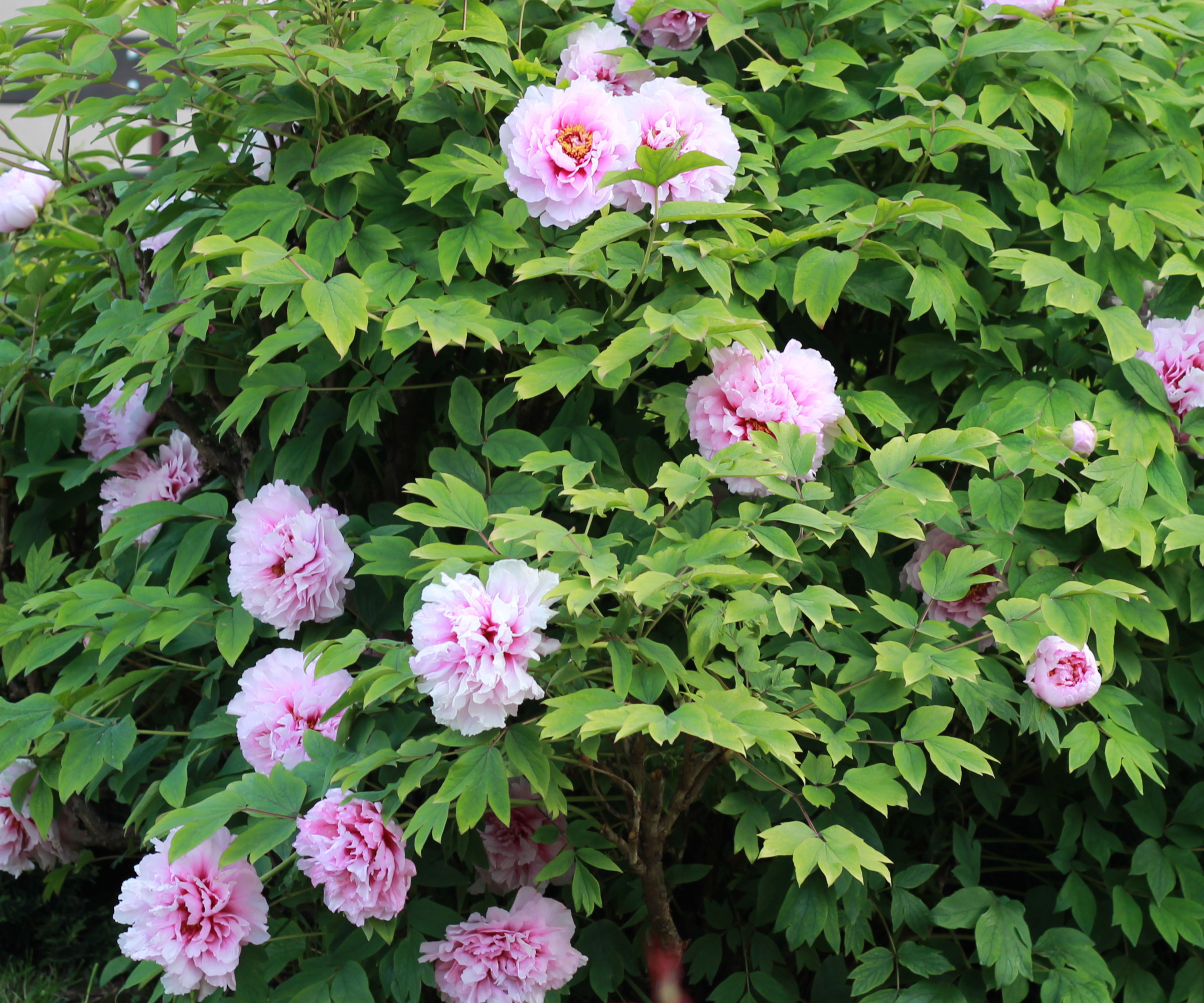
About hardiness zones
What do we mean when we say that a plant is 'hardy'? In general, it means that it will happily grow outside in our yard, year round. But just because I say that a plant is hardy in my yard, it doesn’t mean that the same plant will grow happily year round in your yard.
In the yard next door – almost certainly. At the other end of the county – probably. In the next state – well, maybe not. This is where the system of hardiness zones comes in. This is a way of seeing, almost instantly, if a plant you’d like to grow will live in your climate.
The United States Department of Agriculture, which does more good work for gardeners than many people realize, has divided the whole country into 13 geographical zones according to the average lowest winter temperatures recorded at weather stations all over the country.
Just about every plant that is available for us to grow has also been allocated a hardiness rating. These hardiness ratings indicate the lowest winter temperatures in which the plant will grow. They are based on the same temperatures as the hardiness zones, so all you need to do is match the hardiness zone of your garden with the hardiness rating of the plant you’d like to grow. A plant’s hardiness rating is displayed on tags, websites, and catalogs.
Choosing plants for zone 9
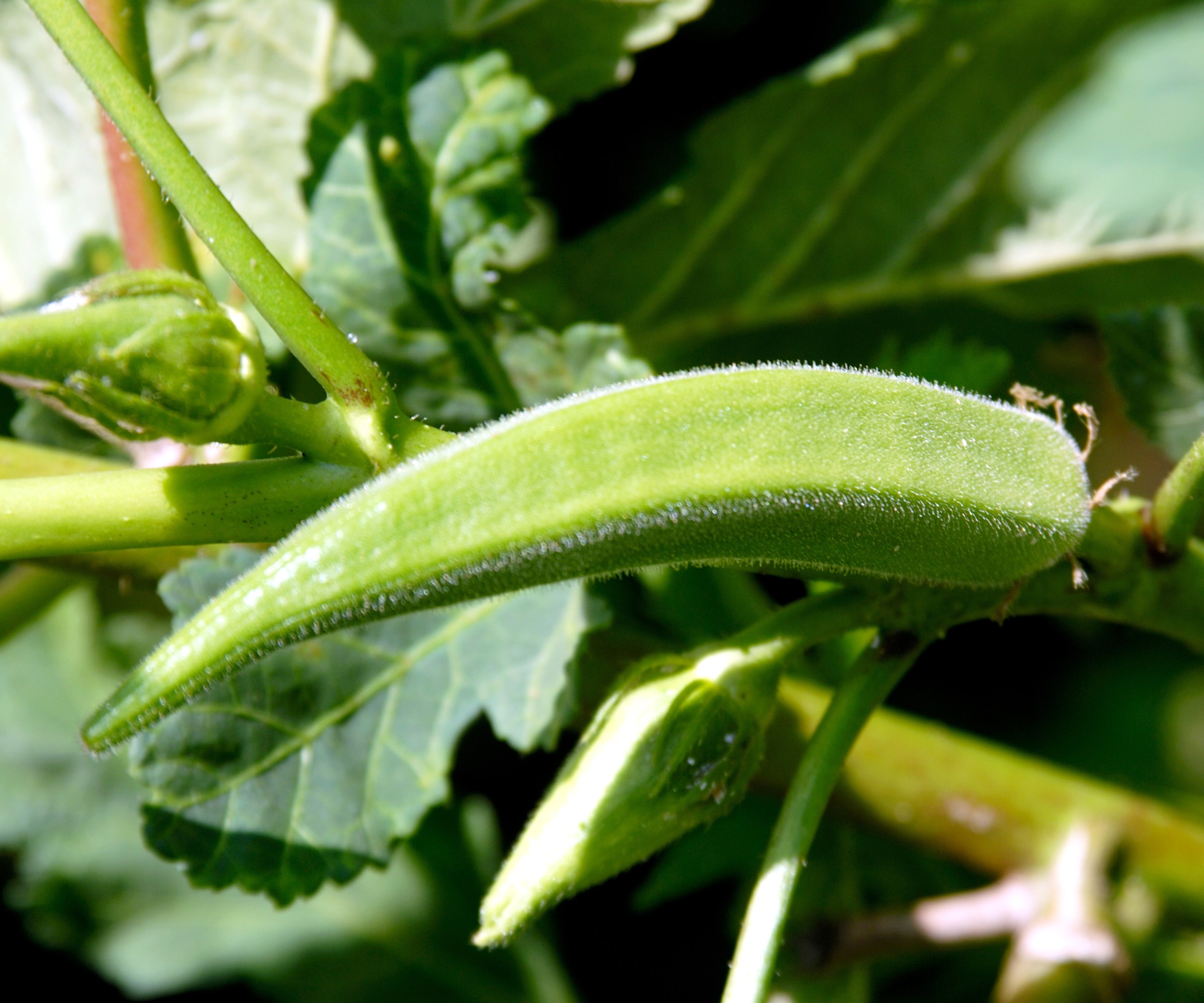
It’s valuable to remember that plants rated for many colder zones will also grow well in zone 9. At the same time, zone 9 may be too warm for some plants, especially those that grow wild at high altitudes. Sometimes, a combined plant hardiness rating is given. For example: zone 4-9 indicates that the plant will not thrive in zones colder than zone 4 or warmer than zone 9.
Also, its good advice sometimes to try plants rated in the next zone up – zone 10 plants in zone 9, for example – as in a sheltered situation and with good soil drainage they may well be happy.
Finally, many plants recommended for colder zones will develop especially well in zone 9 and such universal favorites are always welcome.
Deciduous trees
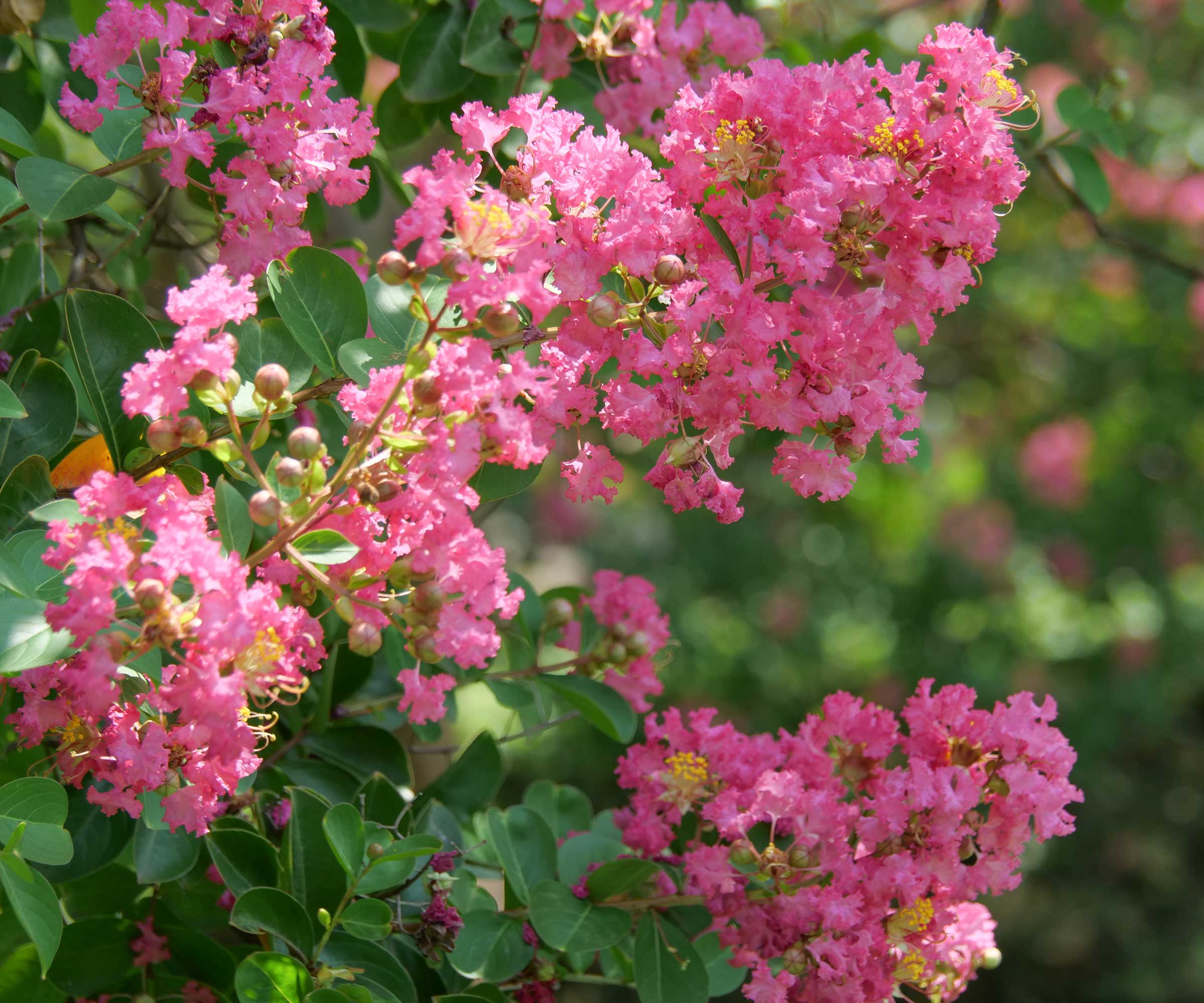
Purple orchid tree (Bauhinia variegata) This splendid, deer-resistant specimen shrub or small tree usually loses its leaves in cooler areas, but retains it foliage in warmer sites. The large orchid-like winter flowers are pink or purple.
Sourwood Tree (Oxydendrum arboreum) Fragrant creamy summer flowers are held on sprays like a dainty lily-of-the-alley and, in fall, the whole tree turns fiery or crimson.
Black walnut (Juglans nigra) This large tree with bold foliage, impressive when small and majestic as it matures, needs plenty of space. Hardy down to zone 4, but at its best in zone 9.
Also try: Red maple (Acer rubrum), Fringe tree (Chionanthus virginicus), Crepe myrtle (Lagerstroemia).
Evergreen trees
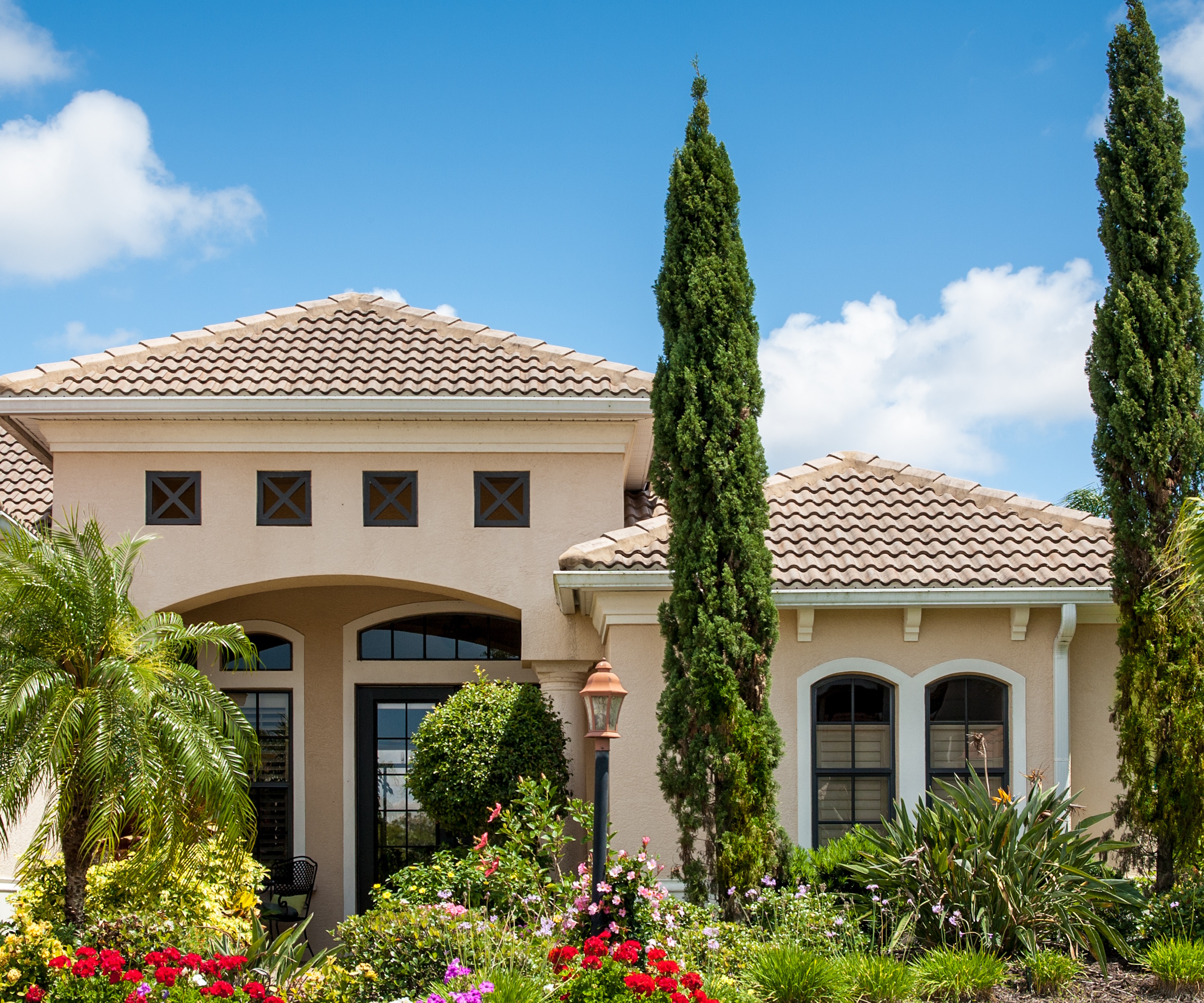
Queen palm (Syagrus romanzoffiana) This attractive, single-stemmed palm has dark green, rather feathery, fronds topping an upright stem. Will take a night or two of low temperatures.
Italian cypress (Cupressus sempervirens) Classically elegant, the slender pencil shape is made up of fine, blue-green needles and looks very stylish planted in small groups. Needs good drainage.
Fragrant teaolive (Osmanthus fragrans) From early fall into spring, this neat rather upright evergreen tree opens its small but heavily scented flowers, often with the bonus of a scattering of summer flowers.
Also try: Ponytail palm (Beaucarnea recurvata), Lemon cypress tree (Cupressus macrocarpa), Golden raintree (Koelreuteria bipinnata).
Deciduous shrubs
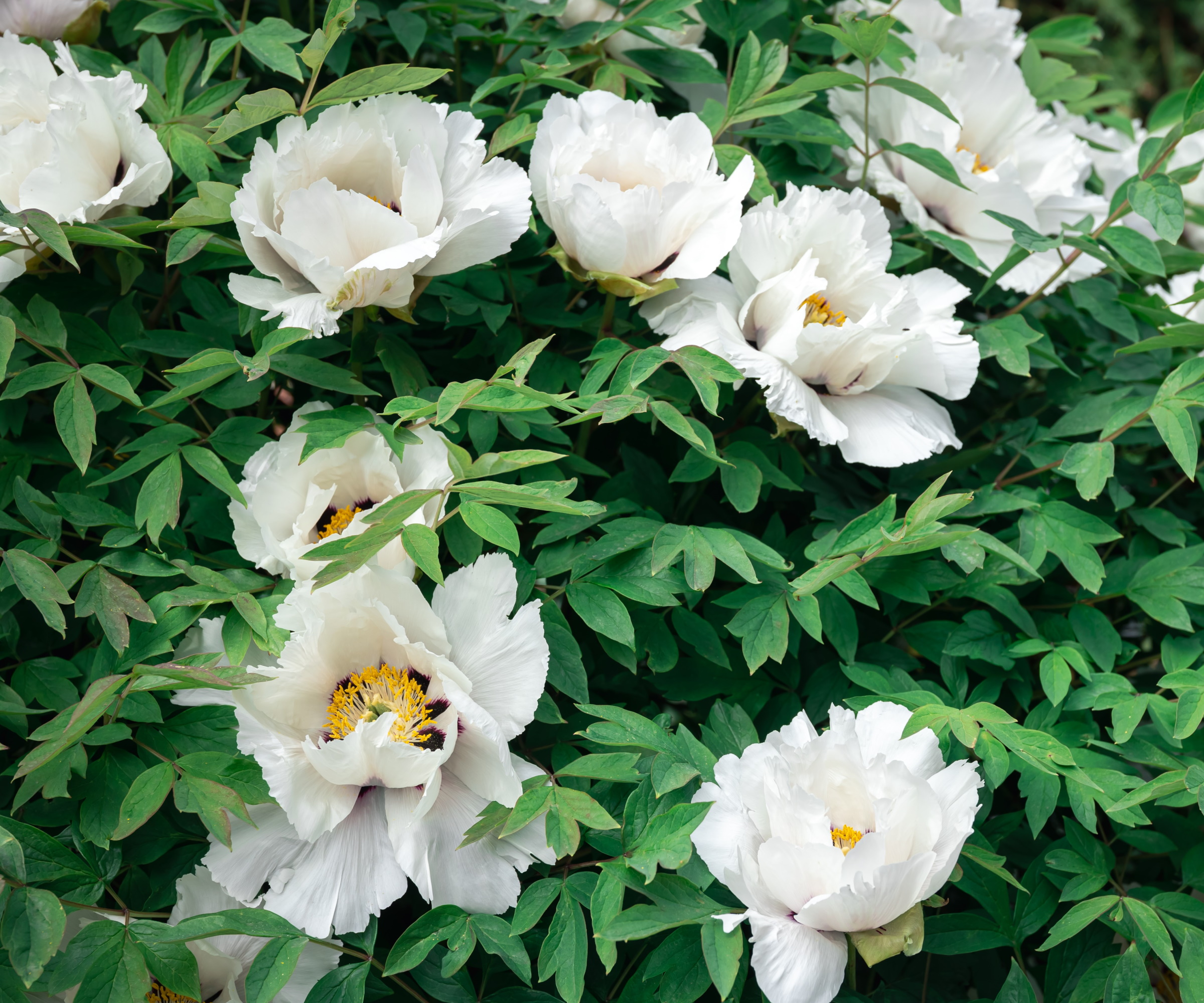
Chastetree (Vitex agnus-castus) Broad, airy, branched spikes of small purple summer flowers are set among aromatic foliage. Hardy in zone 8, but usually damaged in winter. Thrives in zone 9.
Tree peony (Paeonia suffruticosa) More shrubby than tree-like, the huge bowl-shaped flowers are up to 10in across. The plant is hardy in zone 8, but the vigorous spring growth is often damaged by frost. Zone 9 is safer.
Elliott’s huckleberry (Vaccinium elliottii) Clusters of small, white bell-shaped flowers open in spring and are followed by impressive fall foliage color as the leaves turn to shades of red and reddish purple.
Also try: Cockspur coral tree (Erythrina crista-galli), Fig (Ficus carica), Knock out roses (Rosa Knockout Series).
Evergreen shrubs
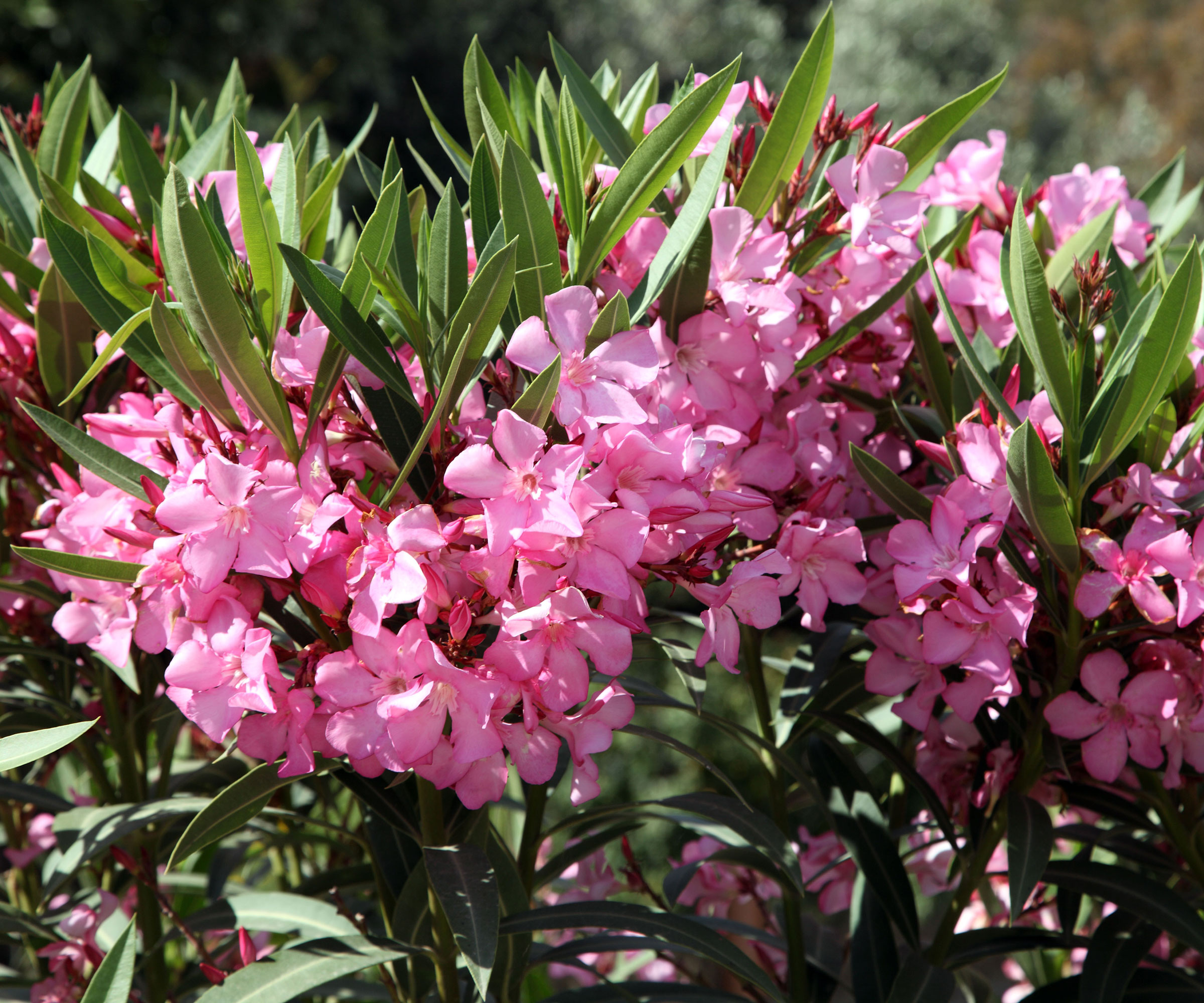
Angel’s trumpet (Brugmansia) Large, trumpet-shaped flowers, up to 12in long, swing from the arching branches through a long summer and with an almost intoxicating evening perfume.
Sago palm (Cycas revoluta) Not a true palm but looks like one, maturing into a low, multi-stemmed plant with 4ft, dark green, fern-like foliage. Insists on good drainage and sun.
Oleander (Nerium oleander) This upright, dark-leaved shrub has summer flowers in a wide range of colors – single and double – on plants that rarely exceed 12ft in zone 9.
Also try: Abelia (Abelia x grandiflora), Flowering maple (Abutilon pictum), Sweet bay (Laurus nobilis).
Vines
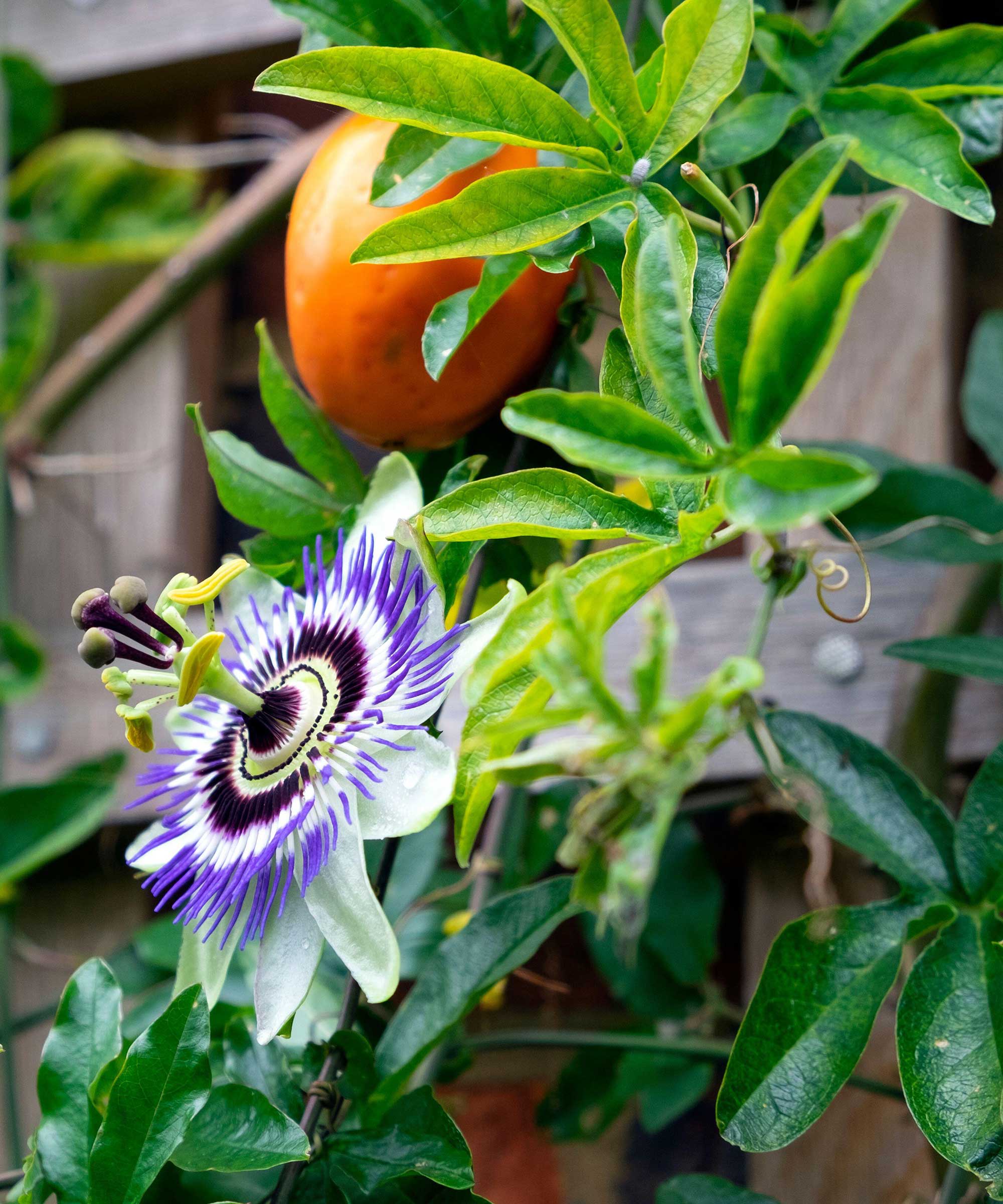
Coral honeysuckle (Lonicera sempervirens) Strong growing native honeysuckle, hardy in colder zones but at its best in Zone 9, has clusters of tubular orange red spring and summer flowers.
Passion flower (Passiflora) Extraordinary and fascinating flowers with a remarkable structure, and in many colors, sometimes followed by orange fruits. Vigorous, but easily restrained if necessary.
Black-eyed Susan vine (Thunbergia alata) Stems twine up any support, opening yellow summer flowers, each with a jet black center. Varieties in orange, red and pastel tones are now becoming available, some without the black eye.
Also try: Scarlet clematis (Clematis texensis), White jasmine (Jasminum officinale), Confederate jasmine (Trachelospermum jasminoides).
You can find a range of vining plants available at Nature Hills.
Ground covers
Creeping rosemary (Salvia rosmarinus Prostrata Group) Low growing form of the popular garden herb, hugs the ground and its blue flowers open in winter. Highly aromatic.
Bayhops (Ipomoea pes-caprae) Also known as railroad vine, the two-tone pink trumpets open all year above heart-shaped leaves on plants that vigorously cover the ground and enjoy sea spray.
Verbena (Verbena) These fine plants for baskets, with clusters of flowers in many colors, also make very effective summer ground cover. Look for the Superbena Series.
Also try: Gardenina (Gardenia), Blue star creeper (Laurentia fluviatilis), Asiatic jasmine (Trachelospermum asiaticum).
Shade perennials
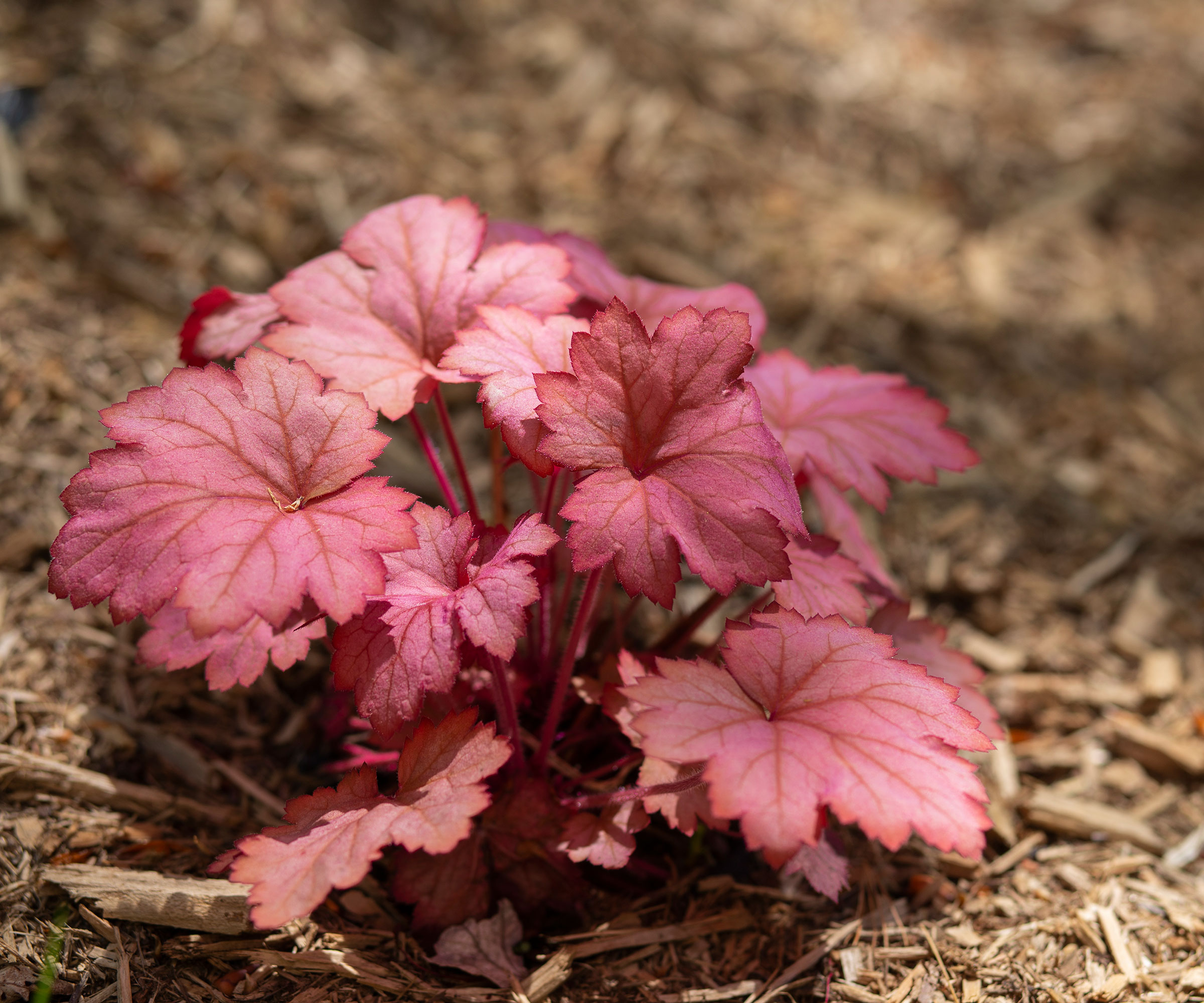
Japanese Painted Fern (Athyrium) Beautifully patterned fronds in crimson, silver and green make fine partners for broad-leaved hostas and fine-leaved sedges.
Toad lily (Tricyrtis) Don’t be put off by the common name! The flowers are like small lilies, often prettily patterned and spotted and lasting very well when cut. And they’re at their peak late in the season.
Coral bells (Heuchera villosa) Large, soft, peachy-colored evergreen leaves, the variety ‘Southern Comfort’ has been developed for the summer heat of the south. You can find this Heuchera variety available at Walmart.
Also try: Bugleweed (Ajuga) Astilbe (Astilbe), Mondo grass (Ophiopogon japonicus).
Sun perennials
Gerbera daisy (Gerbera) Upright facing daisies in every color but blue are held on strong stems. Look for the unusually prolific Garvinea Series,
Ginger lily (Hedychium) Easy-to-grow, exotic looking plants with bold leaves and late summer spikes of small, scented, orchid-like flowers in white, yellow, orange or almost red.
Four o’clock (Mirabilis jalapa) Named for its habit of opening its red, purple, pink, yellow or white flowers toward the end of the afternoon. Sometimes, the flowers are striped.
Also try: Hummingbird mint (Agastache), Century plant (Agave), Dahlia (Dahlia).
Spring flowering bulbs
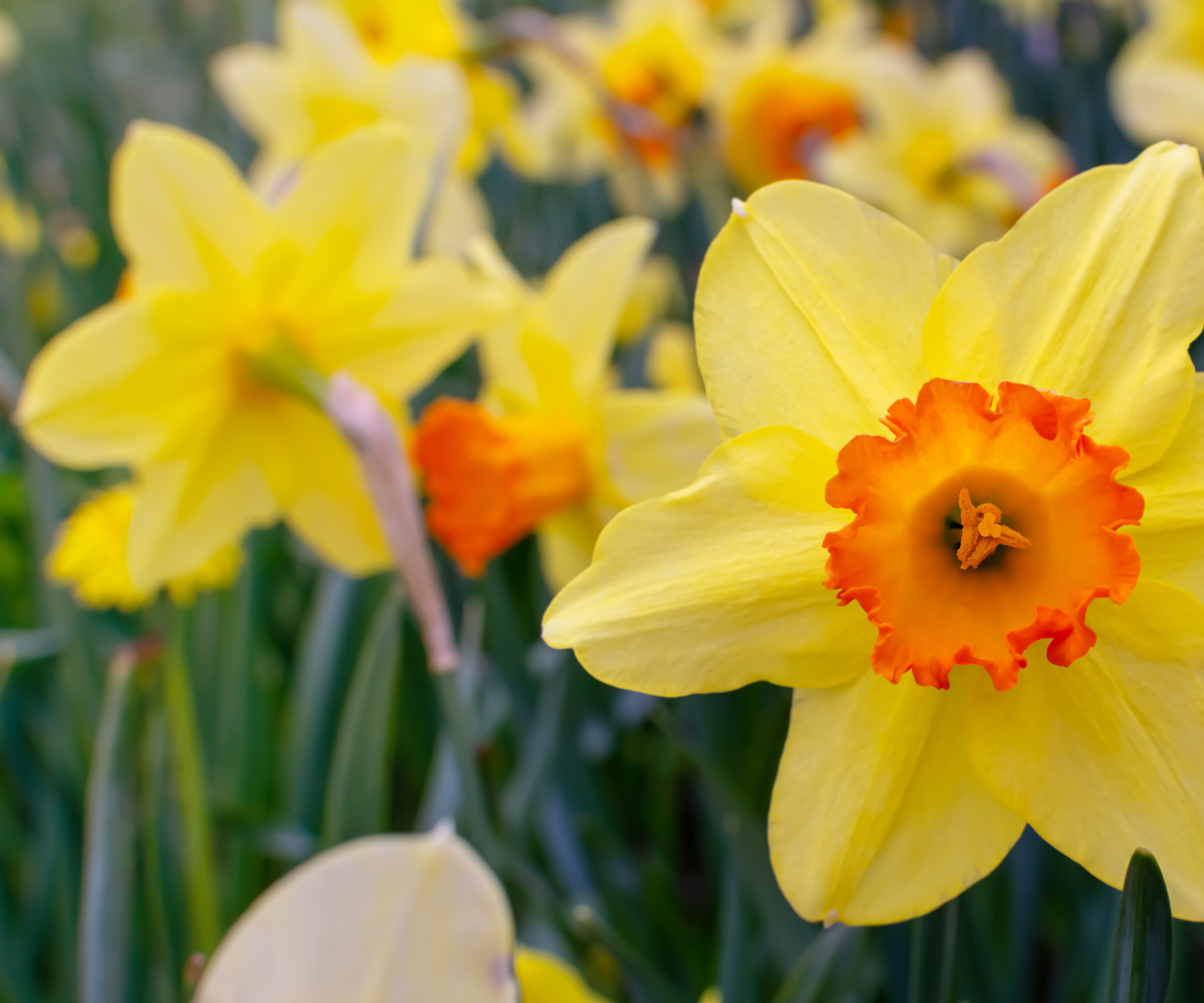
Blackberry lily (Belamcanda) Orange, upward-facing, late summer flowers are symmetrically patterned in rusty red. Uncommon, but pretty and easy to grow.
Daffodil (Narcissus) The most adaptable of spring-flowering bulbs and happy in so many zones, the Jonquil and Tazetta types are best for zone 9.
Windflower (Anemone coronaria) Large, upward-facing spring flowers in bright colors are good in flower borders and for cutting. Best in sun and with good drainage.
Also try: Cape cowslip (Lachanelia), Aztec lily (Sprekelia), Forest lily (Veltheimia).
Summer flowering bulbs
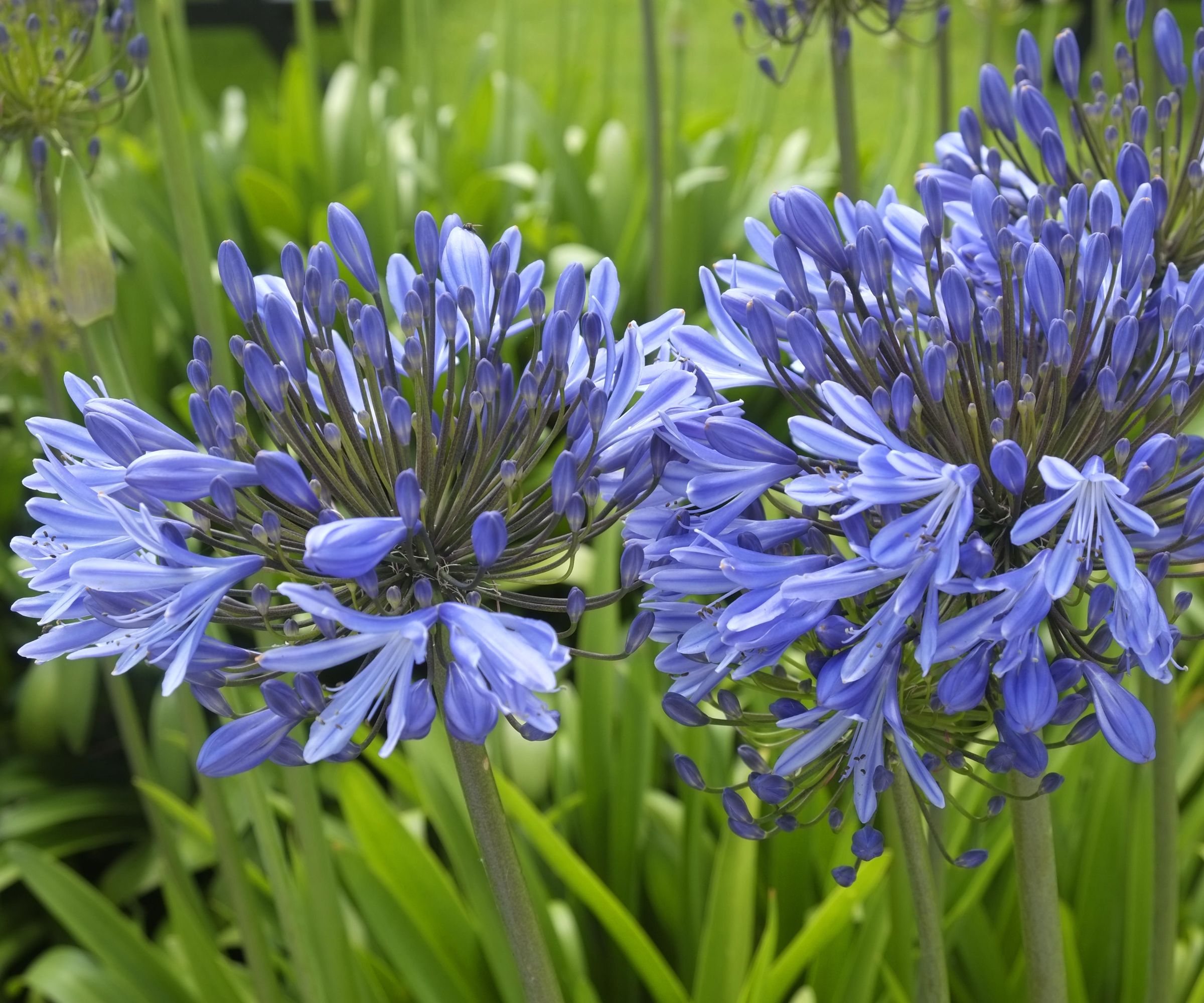
African lily (Agapanthus) Large heads packed with of blue, white or bicolored summer flowers – sometimes hundreds - carried on upright stems from among slender foliage. Happy in wetter soil than many summer bulbs.
Begonia (Begonia x tuberhybrida) A long summer season of mainly double flowers in many colors and bicolors. Good for gardens and containers, some trail attractively.
Freesia (Freesia) Superb scent from long-lasting, crocus-like flowers in many colors, in zone 9 the bulbs will increase steadily if planted in well-drained soil in sun or a little shade.
Also try: Canna (Canna), Dahlia (Dahlia), Tuberose (Polianthes).
Native shrubs

California lilac (Ceanothus) Small-leaved evergreen with the richest blue flowers of any shrub in late spring and early summer. Quick-growing, but can be short-lived.
Summersweet (Clethra alnifola) Probably the most fragrant of any native shrub, happy in cooler zones but at its peak in zone 9 Look for new, neater varieties.
Coralbean (Erythrina herbacea) Dramatic plant with brilliant red summer flowers, sometimes dies back but re-grows the following year. Happy in sea spray.
Also try: Buttonwood (Conocarpus erectus), Yaupon Holly (Ilex vomitoria), Saw Palmetto (Serenoa repens).
Native perennials and bulbs
Southern swamp lily (Crinum americanum) Attractive white heavily scented flowers feature six long slender petals and are unusually happy in wet conditions.
Blanket Flowers (Gaillardia aristata) Brilliant daisy flowers in fiery shades, and with a honeyed eye, face upwards on vertical stems. Needs sun and good drainage. These striking blanket flowers are available from Nature Hills.
Peruvian Lily (Hymenocallis) Extraordinary flowers like spidery white daffodils, from bulbs that also look like daffodils, are heavily scented in evening and at night.
Also try: Rocky Mountain bee plant (Cleome serrulata), Switch grass (Panicum virgatum), Scarlet sage (Salvia coccinea).
Annuals
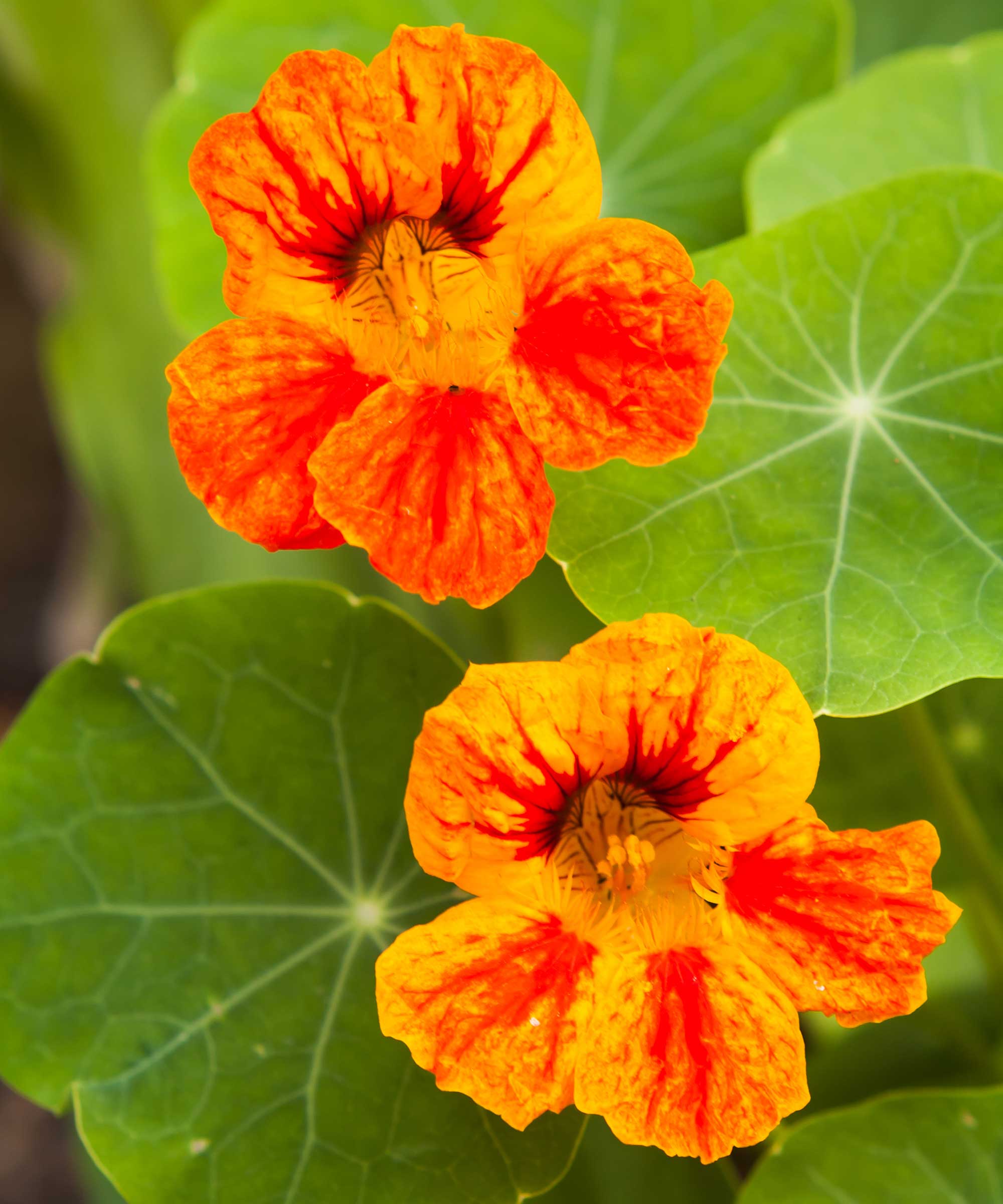
Million Bells (Callibrachoa) Brings us a very long season of colorful dainty bells on trailing plants, in Zone 9 it also works very well as low ground cover.
Moon flower (Ipomoea alba) Opening in evening and closing as the sun rises, the white moon flower trumpets are heavily scented and open fresh flowers every day.
Purslane (Portulaca) Dazzling, cup-shaped mainly single or sometimes double flowers in many vivid colors on sun-loving plants. Good for the front of the flower garden and containers
Also try: Wax begonia (Begonia semperflorens), Petunia (Petunia), Nasturtium (Tropaeolum majus).
Vegetables
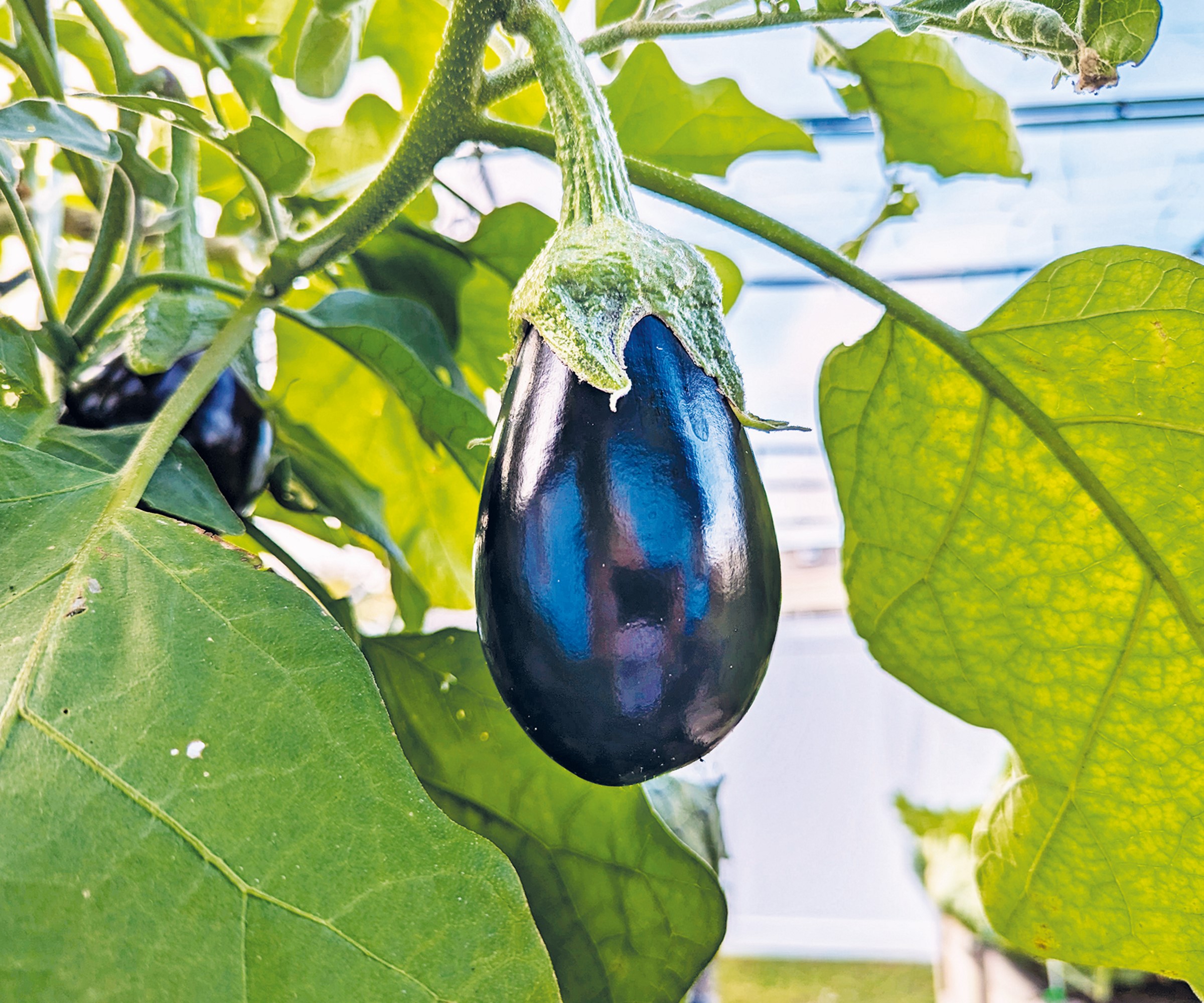
Chili peppers A huge variety of shapes and sizes, most ripening to red – some extremely hot, some mild. Choose varieties for the heat-strength you prefer.
Eggplant Needs protection in cooler zones, but in zone 9 can be grown outside for a long season of summer cropping. Look for white and striped varieties as well as the usual purple.
Okra This essential ingredient of gumbo enjoys good light, thrives in damp soil and responds well to feeding. Some varieties may grow as tall as the gardener, so check the notes in the catalog and choose carefully. You can buy heirloom okra seeds at Burpee.
Also try: Corn, Cucumbers, Zucchini.
Fruits

Citrus There’s nothing quite like your own, home grown, oranges, lemons, key limes or grapefruit. And as well as the juicy harvest, the flowers have that special orange-blossom fragrance.
Olive Olive trees need a hot, dry summer and a cool damp winter – these are the conditions in the Mediterranean region where they’ve been grown for thousands of years. For the best crop, grow two different varieties.
Starfruit Yellow fruits just under an inch long, taste a little like a blend of citrus and grape and reveal a star cross-section when cut.
Also try: Avocado, Passion fruit, Pecan.
With such a wide range of plants and crops available to grow, gardeners in zone 9 can really get creative. If you're looking for more inspiration this month, here are 7 vegetables to plant in June and harvest fresh crops from in the fall.





